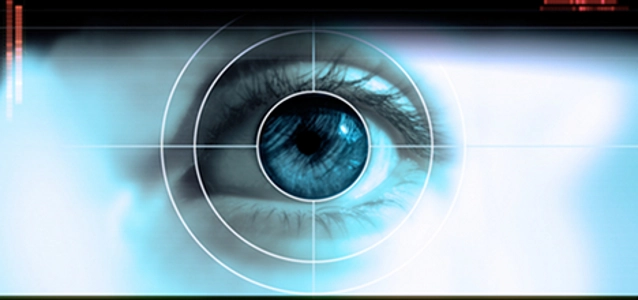
© lavitreiu-dreamstime.com
General |
Will smartwatches live up to the hype?
Global smartwatch shipments are likely to be limited in the near term, according to a preliminary forecast issued by IHS. Shipments are expected to amount to 268'000 in 2013.
While shipments are set to rise sharply in 2014, the total will amount to only 2.6 million units. However, in the longer term, shipments are expected to reach much higher volumes, with units rising to nearly 39 million units in 2018.
“Based on the features announced today, it appears that Samsung’s Galaxy Gear smartwatch is a prototype masquerading as a commercial product—and because of that, it is unlikely to be successful in the market,” said Ian Fogg, director for mobile and telecoms at IHS. “The device exhibits multiple shortcomings, including a high price tag, a short battery life, its status as a companion device and its limited compatibility. The bottom line is the Galaxy Gear smartwatch probably will not succeed in the market and Samsung will need to try again with a more refined product.”
At a price of USD 299, the Galaxy Gear smartwatch is more expensive than many smartphones. This will limit the product’s appeal in the market, Fogg predicted.
The battery life of the device is only 25 hours, meaning it will require recharging every day. Furthermore, the smartwatch is also too large to appeal to users expecting a device in a wristwatch form factor.
Perhaps most importantly, the Galaxy Gear smartwatch is compatible only with Samsung’s newly-announced Galaxy Note 3 smartphone and Note 10.1 tablet. With the Galaxy Gear smartwatch intended to operate as a companion device for smartphones or tablets, this limited compatibility relegates the product to a small subset of the much larger potential market.
“Most of the smartwatches set to be introduced into the market in the near term are expected to use a similar approach as the Galaxy Gear device, with the devices only working as accessories to smartphones,” said Shane Walker, senior manager for medical devices and healthcare IT at IHS. “Uptake will be constrained if the smartwatch simply serves as a second display for a smartphone, because there already is significant competition from dedicated devices serving performance-monitoring products. To achieve its market potential, the smartwatch must work as a standalone device, with features that are compatible with the wristwatch form factor.”
As an example of this strategy, Qualcomm today introduced its Toq smartwatch, which also is intended to act as an accessory product, serving as a second screen for a smartphone. Qualcomm noted the advantages of this approach, including an “always on” capability, a less intrusive user experience compared to taking out a smartphone, the addition of a sunlight readable display and smartphone power savings by minimizing the number of times a user turns on the display for many common tasks.
“The Toq appears to be a compelling and easy-to-use product, which is causing a great deal of excitement among developers,” said Francis Sideco, director for consumer electronics and communications technologies at IHS. “However, the key for Qualcomm is whether it can leverage these features to achieve large-scale adoption. Cost will be the critical factor here—and since Qualcomm has not provided any pricing guidance, it’s unclear whether the product will hit a price point that will be appealing to consumers.”


